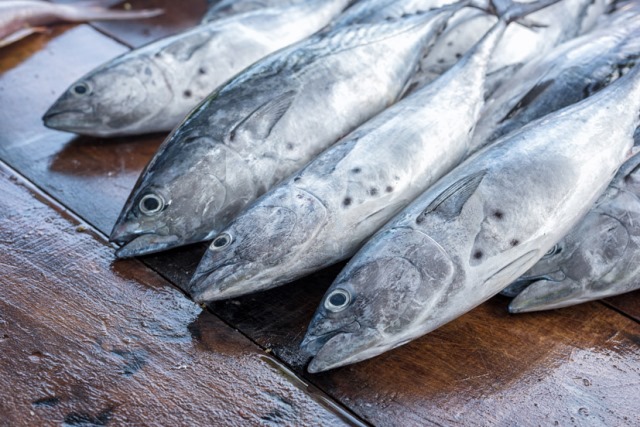Vietnam is sharpening its focus on tilapia as a strategic growth engine within its seafood export sector, signalling a long-term shift in its aquaculture roadmap. While shrimp and basa continue to dominate, early 2025 data points to rapid momentum in tilapia exports, albeit from a low base.
According to the Vietnam Association of Seafood Exporters and Producers (VASEP), tilapia exports increased by 138% year-over-year in the first four months of 2025, reaching US$19 million. This comes amid broader growth in seafood exports of 21% over the same period, with total earnings reaching US$3.3 billion.
Vietnam currently ranks fifth in Asia for tilapia production and aims to scale its output from 300,000 to 400,000 tonnes annually by 2030. Approximately 30,000 hectares are currently under cultivation, with plans by the government to increase this area by a third over the next five years.
The country sees clear competitive advantages—favourable farming conditions, expanding technical capacity, and the adoption of cost-efficient systems like RAS (Recirculating Aquaculture Systems). However, a reliance on imported fingerlings and higher unit costs (around 30% more than regional rivals) continues to challenge price competitiveness.
With China facing tariffs on tilapia exports to the US, Vietnam is positioning itself to fill potential supply gaps in global markets. The global tilapia market, valued at US$10.6 billion in 2024, is projected to reach US$14.5 billion by 2033, offering opportunities for new entrants and established players to expand.
Vietnam’s current export value for tilapia remains modest relative to shrimp, tuna, and basa. But government and industry leaders are backing the species as a long-term play, with calls for deeper vertical integration, domestic breeding capacity, and international brand positioning.


